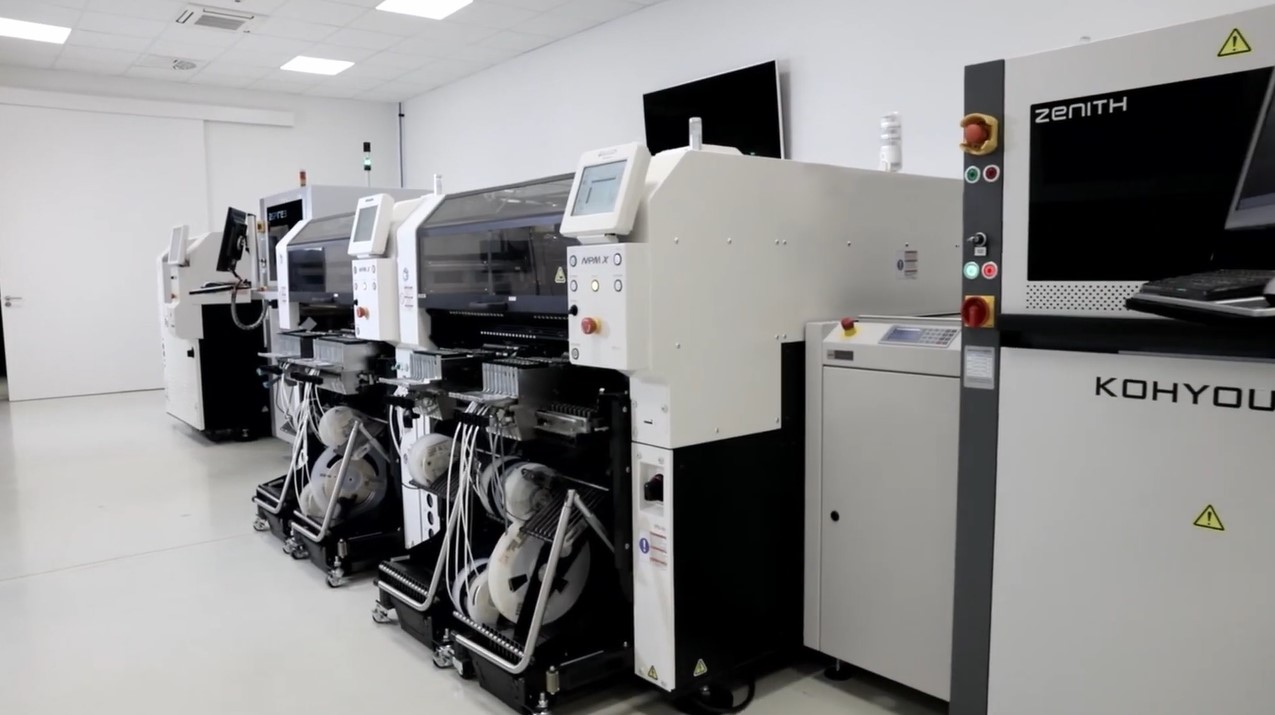
By Kate Yuan
(JW Insights) -- Panasonic has expanded its software development capabilities in China by scaling up staff in the country’s northeastern Dalian City by 40% over the last few years, Nikkei Asia reported on September 10.

Zhang Xue, president of Panasonic Software Development Center Dalian, said “The center has grown from about 700 people in 2020 to roughly 1,000 people in 2022. It is now the Japanese electronics company's biggest overseas software development hub in terms of head count.”
The employee numbers include outside contractors. There are plans to add more staff, with the specific number of hires being finalized, Zhang said.
About 40% of the center's software development work is focused on automotive applications while roughly 25% is dedicated to consumer electronics and household appliances. The remaining share is devoted to factory and commercial devices, among other fields. The Chinese market accounts for about half the capacity while the Japanese market accounts for the other half.
"We'll enhance the voice and image recognition artificial intelligence domains," Zhang said. The center is partnering with outside companies on basic technology for both the voice and image fields. The center has developed refrigerators with AI voice assistants, as well as air-conditioning systems capable of managing temperature and air quality.
In the automotive sector, the center developed onboard navigation displays, as well as a system for intelligent rearview mirrors connected to back-facing cameras.
Panasonic's China and Northeast Asia operating company has set a revenue target of JPY1 trillion ($6.77 billion) for the fiscal year ending March 2025, up 15% from fiscal 2022, said the Nikkei Asia report.
In June, it was reported that Panasonic would transfer a portion of its domestic air conditioner production from China to Japan starting from the fiscal year 2023. Furthermore, it plans to increase its domestic production share in Japan from the current 10% to 40% as early as the fiscal year 2024.
RELATED
READ MOST

No Data Yet~







